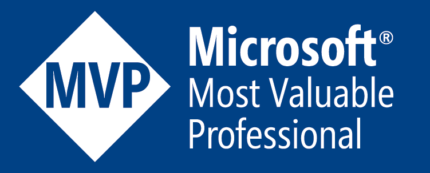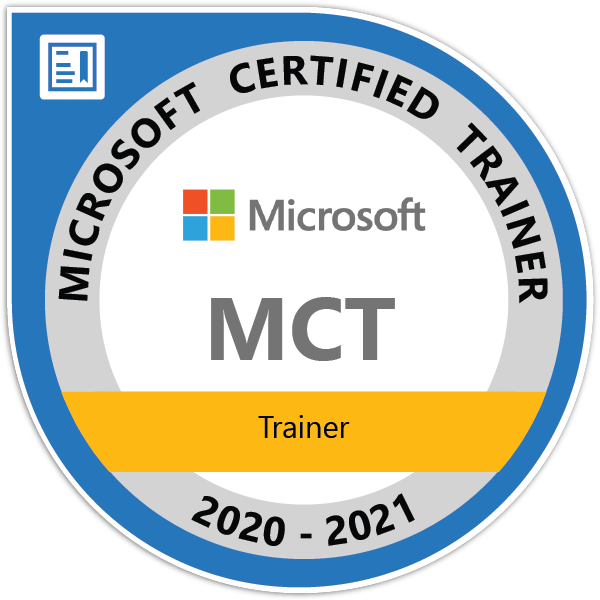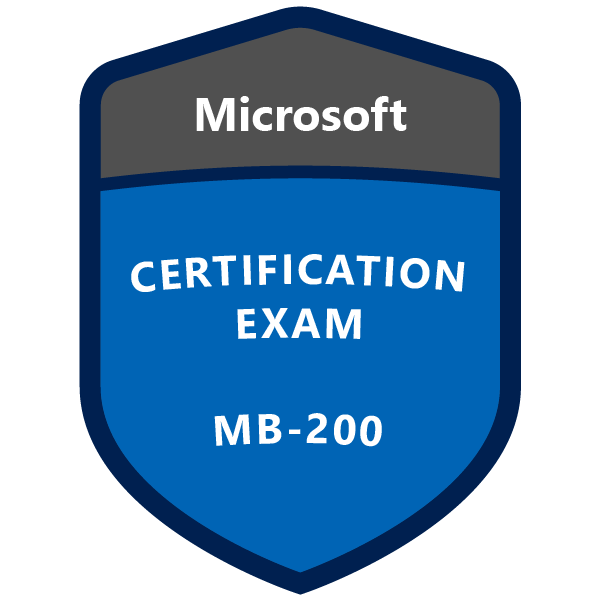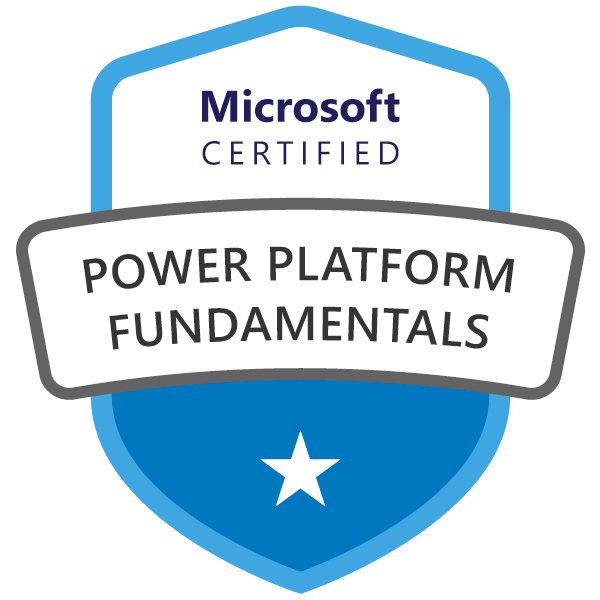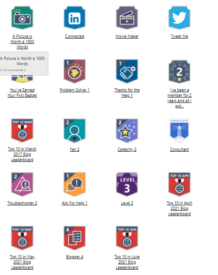Dynamics 365 Dialogs in Details

Welcome to another session on Dialogs. One of the most interesting concept of Dynamics 365 is Dialogs. Here I will discuss everything related to Dialogs to explain the fundamental points with practical development of Dialogs.
Watch the video below and go through the article to understand the theory and practical concepts of Dynamics 365 Dialogs.
Practical Video : How to create Dialogs and read the full article below for detailed information on Dialogs.
Read the article slides here in slideshare
Fundamental Concepts
Dialogs are the Interactive processes of Dynamics 365 application which is used to collect information in a paged prompt and response fashion to interact with Dynamics 365 system.

- Interactive Process
- Dilaogs are interactive processes of Dynamics 365 which interacts with end user to take input and interact with the Dynamics 365 platform using configured process steps.
- Synchronous Execution
- Dialog executes synchronously and show the result to the end user immediately as it is interactive.Any exception caught is presented to the user there and then by stopping the dialog procedings.
- Can be on-demand or child process
- Dialog can run on-demand or we can configure it to be as a child dialog which can be called by other Dialog.

- User Input Required to Complete
- Dialogs must require a user to run to completion. We can trigger a Dialog by javascript but once the dialog starts it cannot be completed without user intervention.
- Can call child Dialogs or link child workflow
- A Dialog can call a child Dialog or link to another dialog which is declared as child dialog.
- Can be Extended with CWAs
- By using Custom Workflow Activity we can extend the capability of Dialog. For this .net programming knowledge required.
- An article created here to learn how to create CWA watch the video below and read the article here.
- Programmer not required
- To configure Dialog in Dynamics 365, we do not requires to learn programming. Dynamics 365 provides an excellent Dialog editor which end users can use.
- Query Dynamics 365 Data Capability
- In Dialog we can use Query Dynamics 365 step to interact with data using FetchXML and the results we can use in other steps to assign the values.
- In my next article I will explain how to use this Step.
- Supports Input Arguments and allows Variable declaration
- We can use Arguments and Variables in Dialogs to store values. Arguments are used to pass to linked or child Dialogs. Below is a screen shot which gives the available datatypes for variables and arguments.

- Dialog Step Components
- There are many components available while designing Dialog Available steps are given below

Creating of Dialog Practical
- Privilege, Role Required to configure Dialog
- Go to Setting Customization, Create a Solution
- Navigate to Processes
- Add New Process give a Process name & Category
- Select the Entity on which the dialog will run
- Decide to use child or on-demand
- Click Add Step and Select Page
- Add Prompt & Response as per requirement
- Add Steps for Dynamics 365 data interaction whenever required
- Activate the Dialog
- Test the Dialog and check the result of dialog run
- Deactivate the Dialog if required to redesign
- Delete, Assign, Share, Copy Link, Share link
Available Steps for Dialogs

:: Check the Practical Video here below to learn the above points
Important Notes On Dialog
The below points to be noted while designing Dialogs.

If you want to create a recursive dialog then Read more.
The below additional notes are also to be taken into account In my upcoming sessions I will discuss more details on the below points.

Thanks for watching and reading the article. Hope this session helped you.
Please : Subscribe | Comment | Like and Follow for more article.


